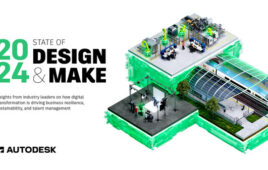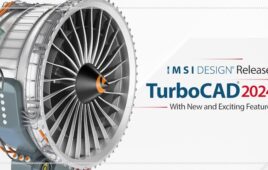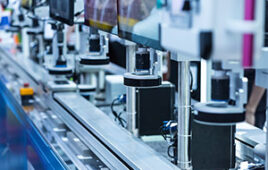Software helps engineering team locate and eliminate sources of noise and vibration in a 2.2 liter 4-cylinder turbo diesel engine.

A Renault researcher used Maple software to detect sources of noise and vibration inside a 4-cylinder Laguna engine.
Dr. Jean-Louis Ligier, an R&D manager at Renault, and his team were tasked to determine why engine components produce unwanted noise and vibrations when the engine slows or stops. Ligier chose Maple software to conduct a study on the issue.
The goal was to model and understand the cause for the vibrations. The modeled engine was a 4-cylinder from Renault’s Laguna line of cars. With the software, Ligier created five differential equations that focused on the crankshaft, dual mass flywheel (DMF), and the power train.

A set of differential equations used to model the engine were entered in Maple using natural mathematical notation.
From these equations, Ligier estimated the level of vibration created during engine deceleration. After plotting the results of the simulation, it was obvious that the vibrations were primarily occurring from shocks inside the DMF. A simple modification to the air intake process during deceleration resolved the problem.

Plots created in Maple show the angular displacement of the chain drive a dual mass flywheel (DMF).

Angular speed of the crankshaft and DMF indicate the location of the shock vibrations.
After analyzing the simulation results, Ligier reduced engine noise by as much as 30%. Modeling the engine in Maple allowed him to analyze the symbolic equations and plot numeric results to locate unwanted vibrations. Using the software, Ligier was able to create and run the model in one day.
Maplesoft
www.maplesoft.com
Renault
www.renault.com
Filed Under: Software • 3D CAD, Automotive, ENGINEERING SOFTWARE, Shocks + vibration control • gas springs





Tell Us What You Think!